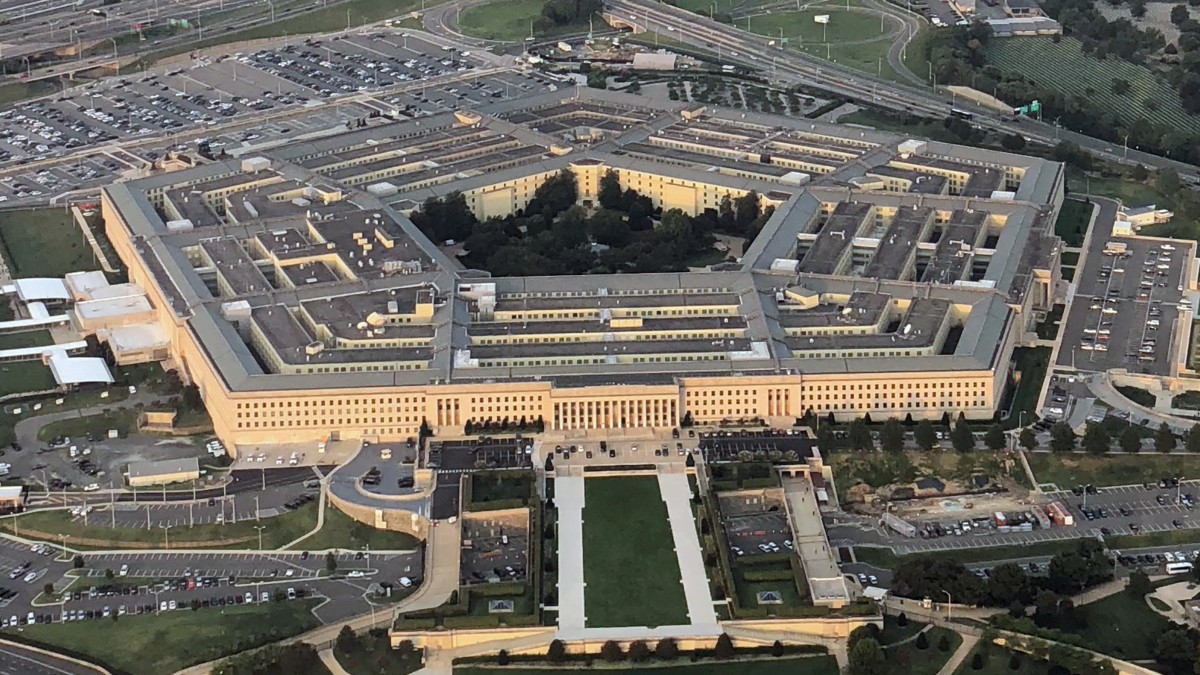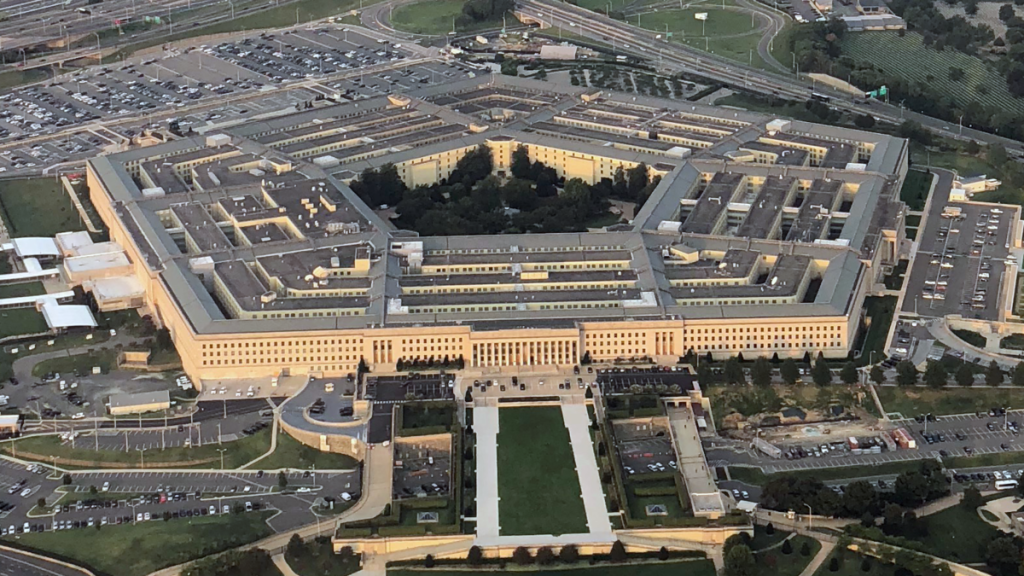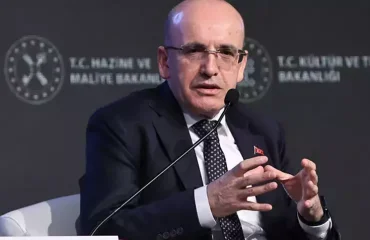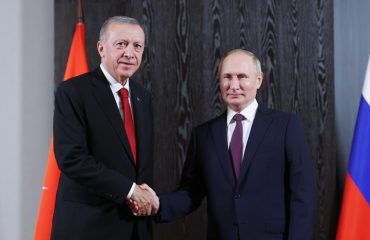

The influence of the Pentagon on the US Administration is growing in global terms and it makes a difference in Turkish-US relations. (Photo: Wikipedia)
We were chatting with an American diplomat, who held high positions in the US State Department while on duty, during the coffee break of an important meeting in Marrakesh.
Stating that in the critical period we are in, the USA has been acting as if it has discarded Türkiye. In contrast, new dynamics have emerged in this critical region that needs to be considered, I asked who was designing and implementing the Türkiye policy (or lack thereof) in Washington DC.
Of course, there is a very complex governance structure in the American system to reckon with. It is shaped to some extent by “check and balance” negotiations, but it is also obvious that there is an institution or deep core of power that has the final say in decisions.
Could the Department of Defense, widely known as the Pentagon, or a core Center within the Pentagon be possibly the main determinant on issues where sometimes even the President has little say and the Secretary of State is practically incapable?
My interlocutor’s answer did not surprise me.
He explained that the center in question has the power to implement the determined policy through its strong men in Congress, the White House, the judiciary, intelligence agencies, other ministries, and the military-industrial complex.
Based on his experiences in the White House, he pointed to the difficulty of overcoming the long-established coldness between President Joe Biden and President Tayyip Erdoğan.
Why is the Pentagon so powerful?
The most important factor that gives strength to the Pentagon is the size of the US defense market; It is expected to reach 617.29 billion dollars in 2024.
Military spending is the second largest allocation in the federal budget, after social security. The country’s defense expenditures are more than the total defense expenditures of countries such as China, Saudi Arabia, Russia, the UK, India, France, Japan, Germany, and South Korea combined – around 800 billion dollars.
The decision-making mechanism that directs and expands such large resources and sectors is in the hands of the Pentagon.
U.S. Central Command (CENTCOM) is arguably the most powerful among the eleven unified combatant commands within the Pentagon (perhaps along with the Indo-Pacific fleet).
The Area of Responsibility covers parts of the Middle East, Central Asia, and South Asia, which are of great interest to us. It was the main American force in many military operations, including Operation Desert Storm of the Persian Gulf War in 1991, the War in Afghanistan, and the Iraq War from 2003 to 2011. Operations against Iraq, Syria, ISIS, and Iran, including PKK/YPG support, are all linked to CENTCOM.
CENTCOM interests Türkiye much
As of today, CENTCOM’s commander is General Michael E. Kurilla. Two of the last three U.S. Secretaries of Defense (incumbent Lloyd Austin and James Mattis, both of whom required congressional exemptions to be confirmed) were former commanders of CENTCOM.
Therefore, even when discussing the economic, political, and intelligence dimensions of relations with the USA, let us never miss the CENTCOM factor.
It is not named that way, but CENTCOM’s coverage area is Muslim countries from Morocco to Indonesia, also called the “Greater Middle East”. Türkiye seems to be outside this coverage area because it is a member of NATO and its military counterpart is EUCOM, to which the US forces in Europe are affiliated.
This is a part of the problem because the USA’s troops in Iraq, where it has been since the 1991 Gulf War and the 2003 invasion, and in Syria, where it has been since 2014, that is, CENTCOM, not EUCOM, are on Turkish southern borders.
For example, if the USA were to confront Iran, CENTCOM would step in. It is influential in Pentagon decision-making processes and even indirectly in NATO decision-making processes.
Speaking of the Pentagon
The Pentagon, which takes its name from its five-cornered architecture, is not just a pentagonal headquarters. The center, where the US General Staff and military organization continue their work, should be seen as the place where the historical process of the US becoming the superpower ruling the world was planned and implemented.
They operate on a geographical basis ranging from Africa to the Indo-Pacific oceans, from Europe to the Middle East, or on a functional basis such as special operations, force projection, transportation, and cyber security.
I’ve been in the Pentagon for meetings many times during my professional career and served at NATO, the Ministry of Foreign Affairs, the OECD, and the private sector. I lectured US diplomats and generals on energy security and military.
The outside of the building is open to the public. Only employees and visitors can enter the Pentagon. A wide-ranging security investigation is carried out on visitors; It may take months, depending on who the person is.
I recall well that when we wanted to host former CIA director and Secretary of State Michael Pompeo at a meeting, they had screened all the participants “down to the color of their underwear” two weeks in advance to permit them to enter our meeting.
9/11 and its aftermath
The Pentagon is also referred to as “ground zero” in the American military jargon. The main reason for this is that it is thought that the Pentagon will be targeted first in a possible nuclear war with Russia.
But it was not Russia that hit the US Department of Defense, but Al Qaeda, which emerged from the mujahideen it nurtured and raised against the Soviet army during the invasion of Afghanistan.
The Pentagon lost 125 personnel during the attacks of September 11, 2001, when Al Qaeda used hijacked passenger planes as bombs. Mind you, the Pentagon building construction was completed and put into service on September 11, 1943. Then, the US military intervention and occupation operations began, first in Afghanistan and then in Iraq. In this way, the USA showed its revenge by intervening in countries thousands of kilometers away from itself and overthrowing the regimes and leaders of these countries. More than 1 million people lost their lives in Iraq alone.
Not surprisingly, the Pentagon has begun gradually to increase its influence in the US administration after 9/11.
Pentagon of Türkiye
Can America’s “deep state” have a Pentagon but not ours?
MİT’s magnificent new service building, called “Kale”, meaning “Fortress” in Turkish was built on 5 thousand decare land in the Bağlıca neighborhood of Etimesgut district of Ankara and was opened in January 2020.
The Fortress is not exactly the Pentagon, but the “Crescent and Star Headquarters”, (meaning Ay Yıldız in Turkish about the Turkish flag) which President Erdoğan announced by saying “We will create a structure that gives fear to the enemy and trust to the friends”, is. Instead of separate buildings of the Ministry of National Defense, the General Staff, and the force commands, which are in Central Ankara in Kızılay and Ministries neighborhoods, a “Joint Headquarters” is being established in the Etimesgut district, bringing them all together.
The “Crescent and Star” project, whose foundations were laid on August 30, 2021, and announced to be operational on the hundredth anniversary of the Republic on October 29, 2023, will be located on an area of 12 million 620 thousand square meters and has a closed area of 890 thousand square meters, is unfortunately stuck in the economic crisis Türkiye has been facing.
Türkiye, NATO, USA
The Turkish Ministry of National Defense and the Pentagon played a crucial role in easing the tension between Türkiye and the USA for the last ten years.
The F-16 sale agreement to Turkish Air Forces, which helped resolve the tension in Sweden’s NATO accession process, was made possible as a result of a solution found on NATO, political-military grounds.
Of course, the real question that should be asked in this context is whether the gathering of key institutions in the field of security in a single place be effective in neutralizing multi-dimensional, asymmetric national security threats against Türkiye, and what tangible benefits will it bring?
However, like the Pentagon, words such as Crescent-Star and the Fortress are likely to be used more frequently in shaping Turkish-US relations in the coming period.


